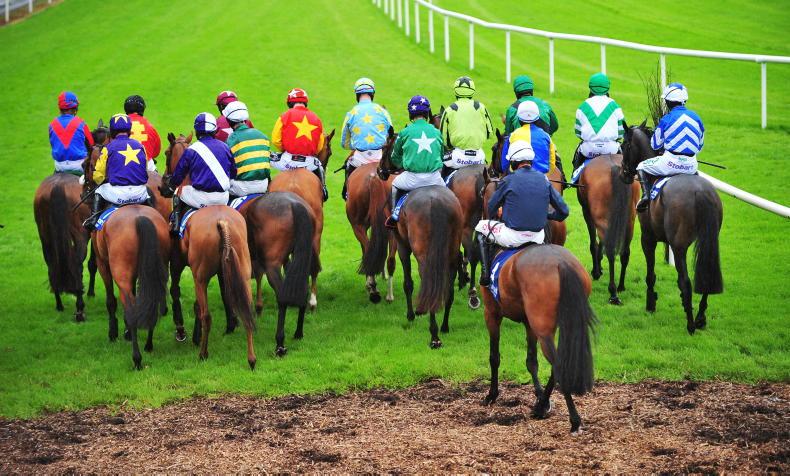THIS time of year brings with it a degree of contemplation and reflection and in some cases this can act as a catalyst for positive change over the course of the coming months and years.
The start of a new year sees many different walks of life consider what can be done to facilitate positive change. Over the last week or so there have been various interesting inputs as to how racing can do better and improve and it is always instructive to consider a variety of opinions.
This is something that is not specific to racing but sometimes there is a temptation to fixate on intangible concepts that are hard to define or put into practice. For example, calls to make the sport more exciting ring a little hollow when one considers what has taken place over the last fortnight.
Tornado’s Flyer’s memorable King George success, Galvin’s last gasp Savills Chase triumph, Bravemansgame’s slick display at Kempton and Sharjah’s fourth Matheson Hurdle win are just some of the highlights that spring to mind from the Festive period. These races and a great many more are testament to how racing can serve up a spectacle that is enthralling and exciting. This is the sport at its finest but the reality is that you won’t get such excitement on a daily basis and the same goes for other sports.
In soccer there are plenty of mediocre league and cup ties, rugby’s Heineken Champions Cup produces a share of complete mismatches as do the early rounds of major championships in tennis. It doesn’t matter what the sport or discipline is, there is a good deal of middle-of-the-road fare and a sport’s audience is quite happy to acknowledge that a good deal of its excitement stems from its top-level clashes. Racing is no different, but that isn’t to the sport’s detriment.
However, there are other relatively simple things that can be done to help. In recognising issues around scheduling, racing can finally do itself a favour as opposed to repeating the same mistakes. For example, December 27th just gone by brought with it two of the biggest and most competitive staying handicaps on either side of the Irish Sea. Leopardstown played host to the Paddy Power Chase while Chepstow took the limelight in Britain with the Welsh Grand National.
Incredibly, these two races were scheduled to go off within five minutes of each other – Chepstow at 2.50pm and Leopardstown at 2.55pm – and they actually started within four minutes of each other. This really shouldn’t happen, particularly when the schedule on December 27th is nothing like as packed as it is the previous afternoon.
Different broadcasters hold the rights to the two races but surely a level of oversight concerning the greater good of the sport should dictate that two staying handicaps of a fairly major magnitude shouldn’t clash. It seems utterly illogical. Champions League semi-finals don’t begin at the same time nor do All-Ireland semi-finals. Why does racing have such a needless clash? Maybe various sectional interests can produce arguments to support why such a clash took place but from this point of view it seems ridiculous and this isn’t the first time that one quality contest has overlapped with another.
Admittedly there are unforeseen events that can lead to clashes such horses spreading a plate, delays necessitated by vital medical processes or horses running loose. The point here is that clashes like the one mentioned above are entirely avoidable and surely there must come a time when racing realises that this isn’t good for the sport.
Gaps between races
On a similar note as we move into 2022 and beyond is there anything to be said for looking at the 35-minute gaps between races which seem far more common than they once were.
To refer back to the Christmas period, a 35-minute interval between races on days like December 26th possibly isn’t a bad thing as it gives enthusiasts a chance to keep an eye on the myriad of interesting contests taking place at other tracks.
However, 35-minute intervals at a low-key midweek fixture, particularly one that could contain a sprint race or two, do not serve the sport well. For the sport’s loyal audience a day at the track can be turned into an endurance test as opposed to something to be enjoyed with such long intervals being punctuated by short bursts of action.
Maybe a more condensed offering as opposed to an extended one might work in favour of comparatively low key fixtures. Combine with sensible scheduling and you have two relatively simple things that can make racing a better product into the future.


 This is a subscriber-only article
This is a subscriber-only article
 It looks like you're browsing in private mode
It looks like you're browsing in private mode





SHARING OPTIONS: